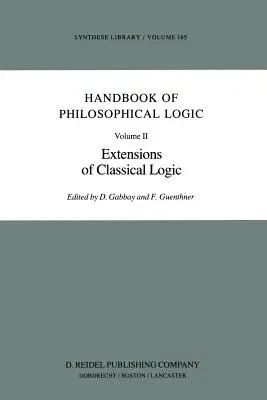Handbook of Philosophical Logic: Volume II: Extensions of Classical Logic (Softcover Reprint of the Original 1st 1984)Paperback - Softcover Reprint of the Original 1st 1984, 2 November 2011

Qty
1
Turbo
Ships in 2 - 3 days
In Stock
Free Delivery
Cash on Delivery
15 Days
Free Returns
Secure Checkout
Part of Series
Synthese Library
Part of Series
Synthese Library (Paperback)
Print Length
788 pages
Language
English
Publisher
Springer
Date Published
2 Nov 2011
ISBN-10
9400962614
ISBN-13
9789400962613
Description
Product Details
Book Edition:
Softcover Reprint of the Original 1st 1984
Book Format:
Paperback
Country of Origin:
NL
Date Published:
2 November 2011
Dimensions:
22.86 x
15.24 x
4.01 cm
ISBN-10:
9400962614
ISBN-13:
9789400962613
Language:
English
Location:
Dordrecht
Pages:
788
Publisher:
Weight:
1043.26 gm

